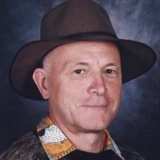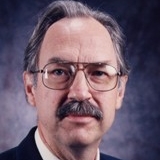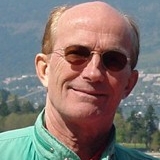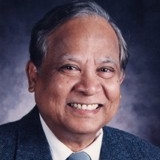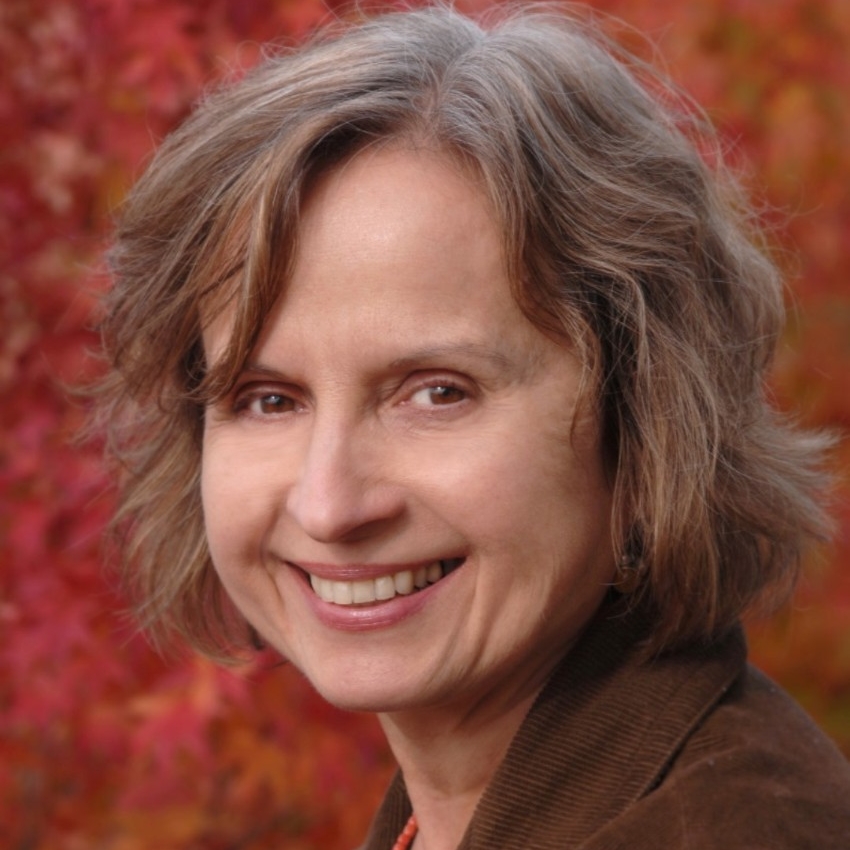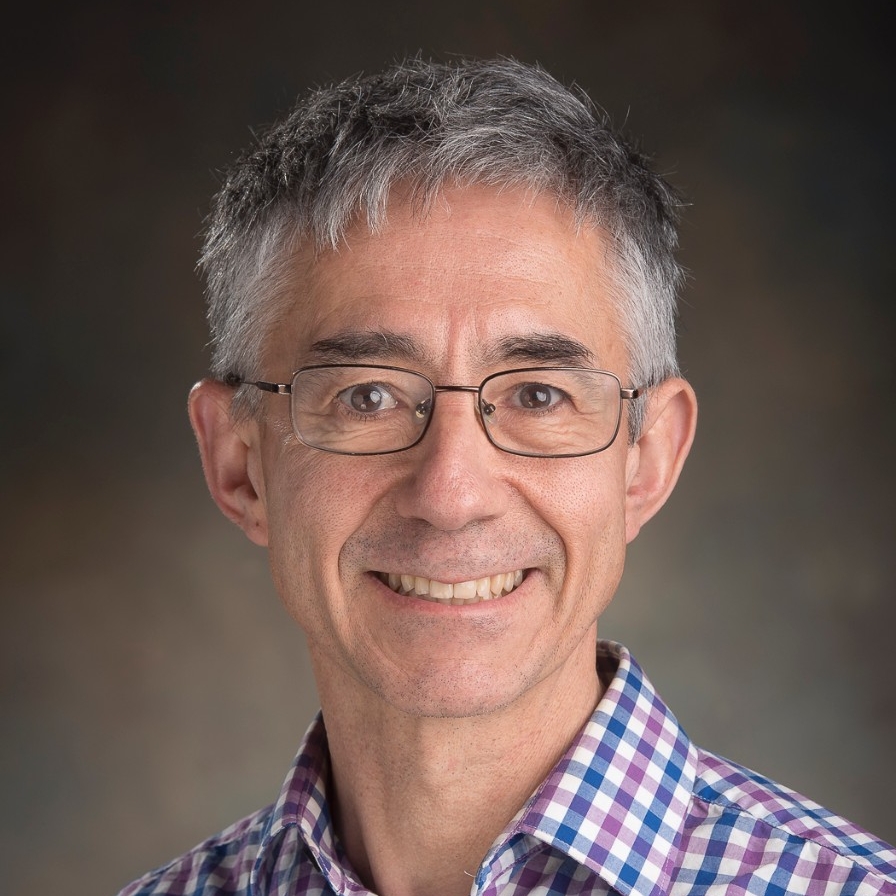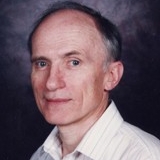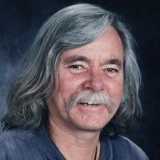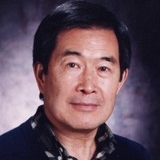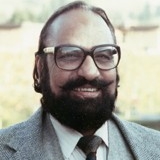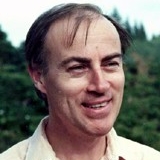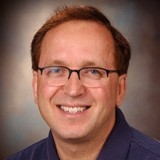A variety of algebras is a class of algebras closed under products, homomorphic images, and subalgebras. Equivalently, a variety is a class of algebras defined by some family of identities or equations (for example the variety of abelian groups is the class of all groups satisfying the familiar commutative identity xy = yx). For any given type of algebra (group, semigroup, etc.) the varieties of algebras of that type constitute a lattice with respect to the usual order relation, where one says that U ≤ V if and only if every algebra in U also belongs to V. One of the main thrusts of my research is to study this lattice for various classes of algebras, such as lattice ordered groups, semigroups, regular semigroups, inverse semigroups, etc. One question that arises in relation to varieties is whether or not two expressions or words will always have the same values in a particular variety; for example, in the variety of commutative groups, the words xyx andxxy always have the same value. This problem is referred to as the word problem for the variety and, in general, is quite difficult. In order to study this problem, it is often useful to know something about the structure of the free object in the variety. The free object in a variety over a set X is an algebra in the variety generated by X and such that every mapping of X into any other algebra in the variety can be extended to a homomorphism of the free object into that algebra. Free objects have many interesting properties. A considerable part of my research programme is devoted to the study of word problems and the structure of free objects.
